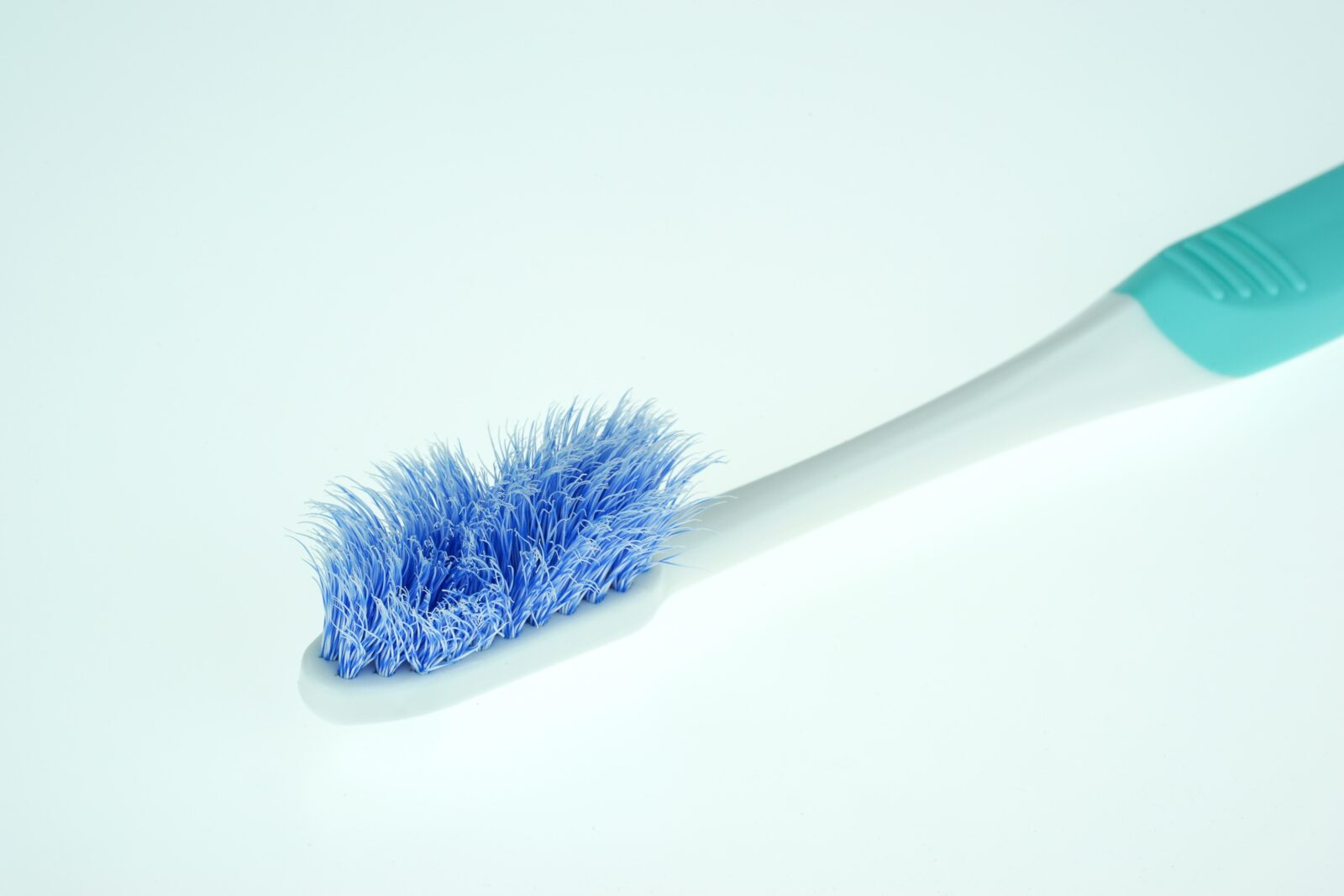Oral health is an integral part of overall wellness, yet it’s surrounded by a plethora of myths that can mislead even the most health-conscious individuals. In this blog, we’ll debunk some of the most common oral health myths, providing you with the facts you need to maintain a healthier, brighter smile.
Myth 1: Sugar is the Only Culprit for Cavities
The myth that sugar is the sole villain behind cavities oversimplifies the complexity of dental caries (cavities) formation. While it’s true that sugary foods can contribute significantly to cavity development, they are not the only factor. Cavities occur when the bacteria in plaque metabolize carbohydrates from our diet, producing acids that erode tooth enamel. This process involves not just sugar but also other fermentable carbohydrates found in foods like bread, crackers, cereal, and fruit. The frequency of consuming these foods and the duration they remain on the teeth can be just as critical as their sugar content. Moreover, factors such as oral hygiene habits, saliva flow, fluoride exposure, and even genetic predisposition play integral roles in cavity risk. Therefore, while limiting sugar intake is important for cavity prevention, a holistic approach that includes thorough oral hygiene and regular dental check-ups is essential for maintaining optimal dental health.
Myth 2: Brushing Harder Means Cleaner Teeth

The belief that brushing harder leads to cleaner teeth is a widespread myth that can actually harm your oral health rather than improve it. Vigorous brushing can wear down tooth enamel, the hard outer layer that protects teeth from decay, and irritate or damage the gums, potentially leading to recession and sensitivity. The effectiveness of brushing doesn’t come from the force applied but from the technique and consistency. Using a soft-bristled toothbrush and applying gentle pressure in a circular motion allows for the removal of plaque and food particles without causing damage. It’s also important to brush for the recommended two minutes, twice a day, and to reach all surfaces of the teeth, including the hard-to-reach back molars. Adopting the correct brushing technique is crucial for maintaining a healthy mouth and preventing the negative consequences of overzealous brushing.
Myth 3: Bleeding Gums are Normal
The myth that bleeding gums are a normal part of oral hygiene is a dangerous misconception that can lead to the neglect of early signs of gum disease. Bleeding gums are most often a sign of gingivitis, an early stage of gum disease caused by the buildup of plaque at the gumline. If left untreated, gingivitis can progress to periodontitis, a more severe form of gum disease that can lead to tooth loss and has been linked to other health issues. Healthy gums should not bleed when you brush or floss. If you notice bleeding, it’s crucial to take immediate action by improving your oral hygiene routine and consulting a dentist. Proper brushing, flossing, and regular dental check-ups can help prevent and treat gingivitis, thereby stopping the bleeding and restoring gum health. Recognizing that bleeding gums are not normal is the first step towards preventing more serious oral health issues.
Myth 4: You Don’t Need to Visit the Dentist Unless You Have a Problem
The myth that one should only visit the dentist when facing a problem overlooks the fundamental principle of preventive care in dentistry. Regular dental check-ups are crucial, even in the absence of pain or visible issues. These visits allow dentists to detect potential problems early on, such as cavities, gum disease, or even oral cancer, often before they become serious and require more complex treatment. Preventive care, including professional cleanings, can also remove plaque and tartar that can’t be eliminated by brushing and flossing alone, preventing the development of cavities and gum disease. Additionally, dentists can provide valuable advice on proper oral hygiene practices and address any habits that might be detrimental to oral health. Waiting until pain or discomfort arises often means that the condition has progressed to a stage that might require more extensive and expensive treatment. Regular dental visits, typically recommended every six months, are essential for maintaining optimal oral health and preventing issues before they arise.
Myth 5: Chewing Gum is a Good Substitute for Brushing

The myth that chewing gum can serve as a substitute for brushing is a misconception that could lead to detrimental oral health outcomes. While chewing sugar-free gum can indeed be beneficial for oral health in certain contexts—such as stimulating saliva production, which helps neutralize acid and wash away food particles—it cannot replace the mechanical action of brushing and flossing. Brushing with fluoride toothpaste cleans the tooth surfaces and gum line, removing plaque, a sticky film of bacteria that causes tooth decay and gum disease. Flossing removes food particles and plaque between teeth, areas where a toothbrush cannot reach. No amount of chewing gum can remove plaque and bacteria as effectively as brushing and flossing. Therefore, while sugar-free gum can be a helpful adjunct to oral hygiene, especially on occasions when brushing isn’t immediately possible, it should not be considered a replacement for the essential practices of brushing twice a day and flossing daily.
Myth 6: Whitening Damages Your Teeth
The myth that teeth whitening treatments inherently damage teeth is a misconception that needs clarification. Professional teeth whitening procedures, when performed under the guidance of a dental professional, are generally safe and do not harm the tooth enamel or structure. These treatments typically use peroxide-based bleaching agents that work to lighten the color of the teeth without affecting their integrity. However, potential issues may arise from improper use of over-the-counter whitening products, excessive use of whitening treatments, or undertaking whitening procedures without consulting a dentist—especially if there are underlying dental issues like cavities or gum disease. Sensitivity during and after the treatment is a common side effect but is usually temporary. It’s essential to follow the dentist’s instructions and use whitening products as directed. Consulting with a dental professional before starting any whitening treatment can ensure that the method is suitable for your dental health, minimizing risks and maximizing benefits.
Conclusion:
Understanding the facts about oral health can help you make informed decisions and avoid practices based on myths that can harm your dental health. Remember, good oral hygiene practices, a balanced diet, and regular dental visits are the foundation of a healthy smile. If you have concerns or questions about your oral health, consulting with a dental professional is always the best course of action.



